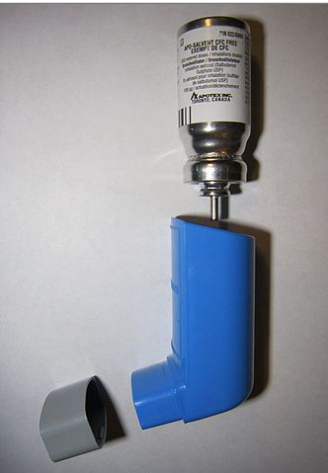OPINION: Asthma is a serious problem, but what are the causes?

Asthma is costing New York’s Medicaid system more than half a billion dollars a year, according to a report by the state Comptroller’s Office quoted in an Associated Press article posted on the Brooklyn Daily Eagle website.
The cost to the state is estimated to be $1.3 billion a year, the article continues. A large percentage of this cost is due to Medicaid expenditures. The only good news seems to be that asthma deaths have dropped by nearly 23 percent in the past decade.
There are several causes for asthma. One is hereditary. I have asthma, so did my mother and so did half the people in my mother’s family, to varying degrees.

Brooklyn Boro
View MoreNew York City’s most populous borough, Brooklyn, is home to nearly 2.6 million residents. If Brooklyn were an independent city it would be the fourth largest city in the United States. While Brooklyn has become the epitome of ‘cool and hip’ in recent years, for those that were born here, raised families here and improved communities over the years, Brooklyn has never been ‘uncool’.